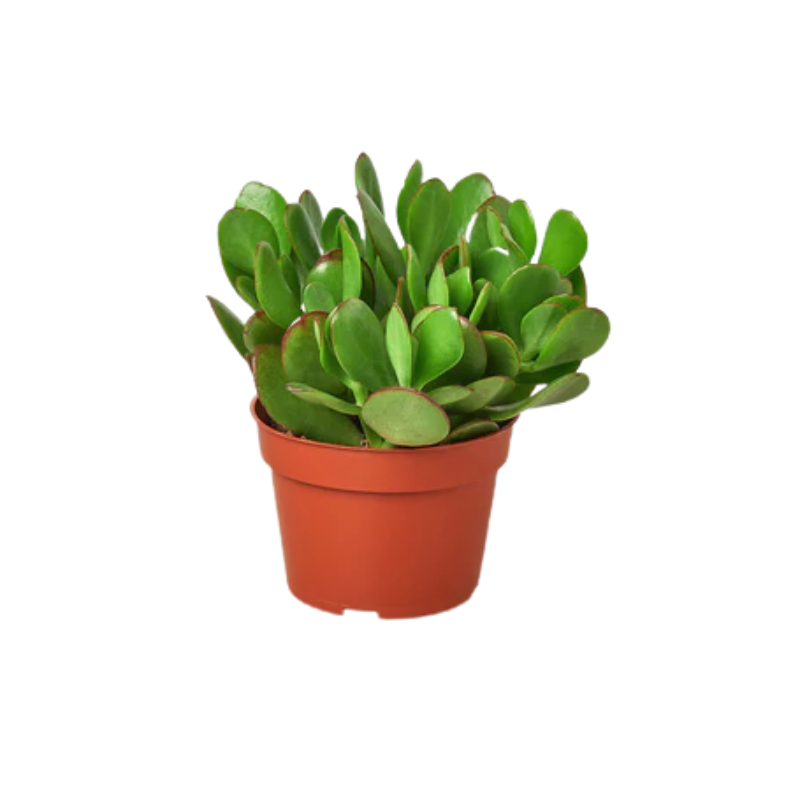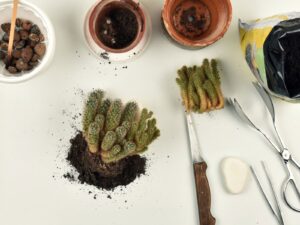The Jade Plant, scientifically known as Crassula ovata, has garnered significant popularity among indoor gardeners and plant enthusiasts alike. This distinctive plant is often praised for its desirable traits, such as resilience, low maintenance, and the allure of perceived prosperity it is said to bring. However, an intriguing yet fundamental question often arises: is the Jade Plant truly a succulent? The answer may shift your perspective on this fascinating botanical specimen and expand your understanding of the succulent family.
To fully appreciate what classifies the Jade Plant as a succulent, a deeper investigation is warranted. By exploring its biological characteristics, growth habits, and familial relationships, one can cultivate a more astute understanding of its classification.
Succulent Characteristics: What Makes a Succulent?
The term “succulent” broadly encompasses plants that possess specialized tissues adapted to water storage. These adaptations can manifest as fleshy leaves, stems, or roots, allowing the plants to thrive in arid environments. Essentially, succulents have evolved remarkable mechanisms to minimize water loss while maximizing water retention.
In the case of the Jade Plant, it exhibits prominent succulent characteristics, most notably its thick, fleshy leaves, which can hold substantial amounts of water. These leaves are not only a unique feature visually but are also a practical adaptation that helps the plant endure periods of drought. The oval-shaped, glossy leaves create an appealing aesthetic while serving a functional purpose. Furthermore, the Jade Plant has a robust, woody stem, which further enhances its classification as a succulent.
The specific cellular structures within the Jade Plant, such as aquiferous cells, enable it to store moisture effectively. This magnificent adaptation allows it to survive and thrive even in less-than-ideal water conditions. Thus, at first glance and upon closer inspection, it becomes clear that the Jade Plant not only possesses the hallmark traits of a succulent but encapsulates the very essence of the category.
Botanical Bonds: Family Ties Within the Plant Kingdom
As with many aspects of plant classification, understanding a plant’s family relations can illuminate its characteristics. The Jade Plant belongs to the family Crassulaceae, which is renowned for its diverse array of succulents. This familial connection places the Jade Plant into a rich legacy of plant species that share common adaptations to aridity and drought.
Within the Crassulaceae family, other notable members include the Echeveria, Sedum, and Kalanchoe, all of which exhibit succulent traits. Exploring the similarities and differences among these species showcases the vast adaptations that succulents have developed over time to survive in various environments. The Jade Plant, with its characteristic jade green leaves and thickened stems, stands out as a quintessential representative of succulents, differentiated not by a lack of adaptation but by its unique embodiment of succulent traits.
Growing Associations: The Care and Cultivation of Jade Plants
Understanding that the Jade Plant is indeed a succulent opens a plethora of insights into its care and cultivation. This knowledge can lead to its optimal growth and health, fulfilling not only the practical needs of the plant but enhancing the enjoyment of the gardener as well.
One of the fundamental maxims of succulent care is moderation—particularly in terms of watering. Given its natural adaptations, the Jade Plant thrives in well-draining soil, and overwatering can lead to root rot, a perilous fate for any succulent. The guiding principle behind succulent maintenance revolves around allowing the soil to dry thoroughly between watering sessions. This practice mirrors the natural conditions in which the plant would typically flourish, avoiding excessive moisture that could lead to disease.
Environmental needs also play a crucial role. Jade Plants prefer bright, indirect sunlight, thriving in bright indoor spots or outdoor locales that shield them from the harsh midday rays. Adapting to their environmental requirements ensures vibrant leaf growth and longevity. Understanding and catering to these needs not only enriches the Jade Plant’s health but also cultivates a more intimate relationship between the gardener and this remarkable succulent.
In addition, jade plants can benefit from occasional fertilization during the growing season, but as with watering, less is often more. A balanced fertilizer, diluted to half strength, applied sparingly throughout the spring and summer can optimize growth without overwhelming the plant.
Conclusion: The Succulent Identity of the Jade Plant
In summary, the resounding answer to the question “Is the Jade Plant a succulent?” is a definitive yes. Through its fleshy leaves, water-storing adaptations, and belonging to the Crassulaceae family, the Jade Plant embodies quintessential succulent traits that contribute to its allure and widespread popularity. Recognizing the plant’s classification not only enhances the appreciation of its beauty but also empowers enthusiasts with the knowledge necessary for optimal care. By embracing the Jade Plant as part of the broader succulent family, one discovers a world of diversity, resilience, and botanical wonder that can be cultivated and enjoyed. This newfound perspective invites a more profound curiosity for the intriguing world of succulents and plants at large.





Leave a Comment